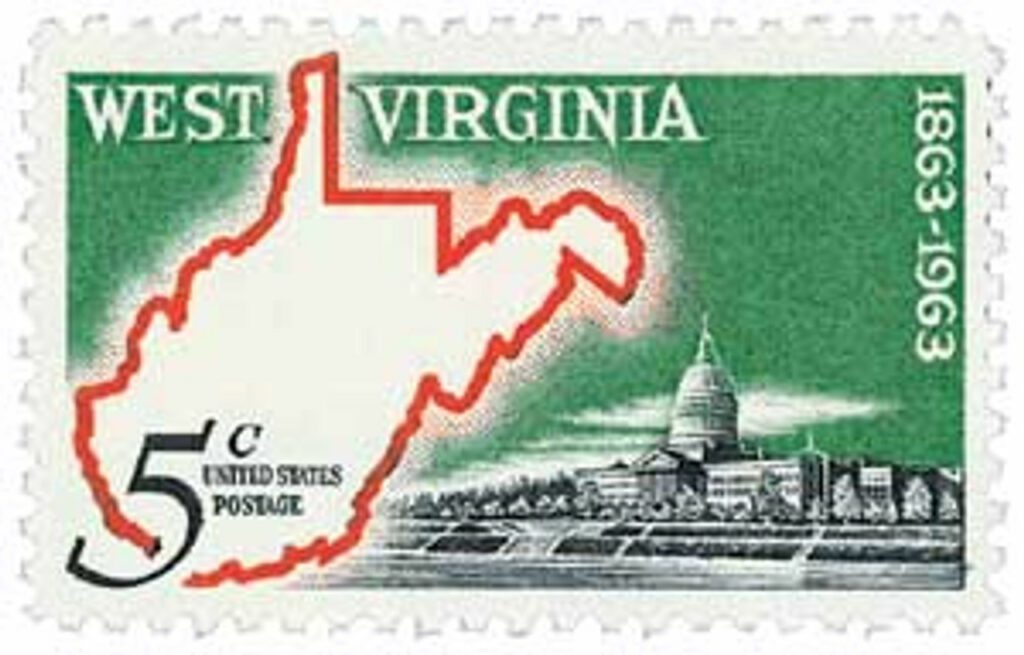On October 24, 1861, the people of West Virginia voted to secede from the Confederate state of Virginia.
Although it was part of Virginia, the settlers in what is today West Virginia were separated from the rest of the colony by the Allegheny Mountains. The people in the West had a much different way of life than the wealthier people in the east. Also, the people in the West received less representation in the government. As early as 1776, this area had begun to demand its own government, but this effort stalled during the Revolutionary War.
Differences between Eastern and Western Virginia became even greater during the 1800s. The more affluent, slave-owning eastern majority opposed the public projects of the poorer farmers and industrialists which were proposed in the West. Even the routes of trade were different for the two areas. The eastern portion of the state sent their goods to the Atlantic for transport. In the West, goods were sent to the Mississippi River.
Just before the start of the Civil War, the famous abolitionist John Brown captured the US arsenal at Harper’s Ferry in western Virginia. Brown hoped to start a slave revolt. This action flamed the already intense debate over slavery in the state and across America.

After the Civil War started in April 1861, Virginia formed a state convention to decide which side to join. The convention voted for secession on April 17, 1861. However, most of the counties in the West sided with the Union. These counties declared their independence and formed the Restored Government of Virginia. In August, these counties formed the state of Kanawha, from an Indian word meaning “white stone” – due to the region’s salt deposits. They later changed the name to West Virginia.
On October 24, the citizens of western Virginia held a popular vote to officially decide on secession. Overwhelmingly, 18,408 voted in favor of secession, while just 781 voted against it. They prepared a state constitution in November, which the people officially adopted the following April. After submitting the admission application to the federal government, Lincoln approved it, on the condition that they gradually abolish slavery. They revised the constitution and resubmitted it in 1863. President Lincoln approved it, and West Virginia achieved statehood on June 20, 1863.

The state supplied about 30,000 men for the Union army and about 8,000 to the Confederate army. During the early stages of the war, a great deal of fighting took place in West Virginia. After several defeats, the Confederates gave up trying to hold this territory. However, they did continue to stage raids to steal goods, such as food and salt, that were badly needed for the war effort.
When the war ended, Virginia asked West Virginia to reunite, but West Virginia refused. Virginia then fought a legal battle to get West Virginia to pay a portion of the state debt that existed when it had split away. In 1915, the US Supreme Court ruled that West Virginia should pay $12,393,929.50 to Virginia. West Virginia made its last payment in 1939.
| FREE printable This Day in History album pages Download a PDF of today’s article. Get a binder or other supplies to create your This Day in History album. |
Discover what else happened on This Day in History.



Thank you Mystic for today’s history lesson. I learned many interesting facts about how West Virginia came to be.
Interesting, very interesting.
“ two” years later “two”misspelled
But more importantly thanks Mystic for this coverage of another historic day in U.S. history.
Great read mystic! Thanks!